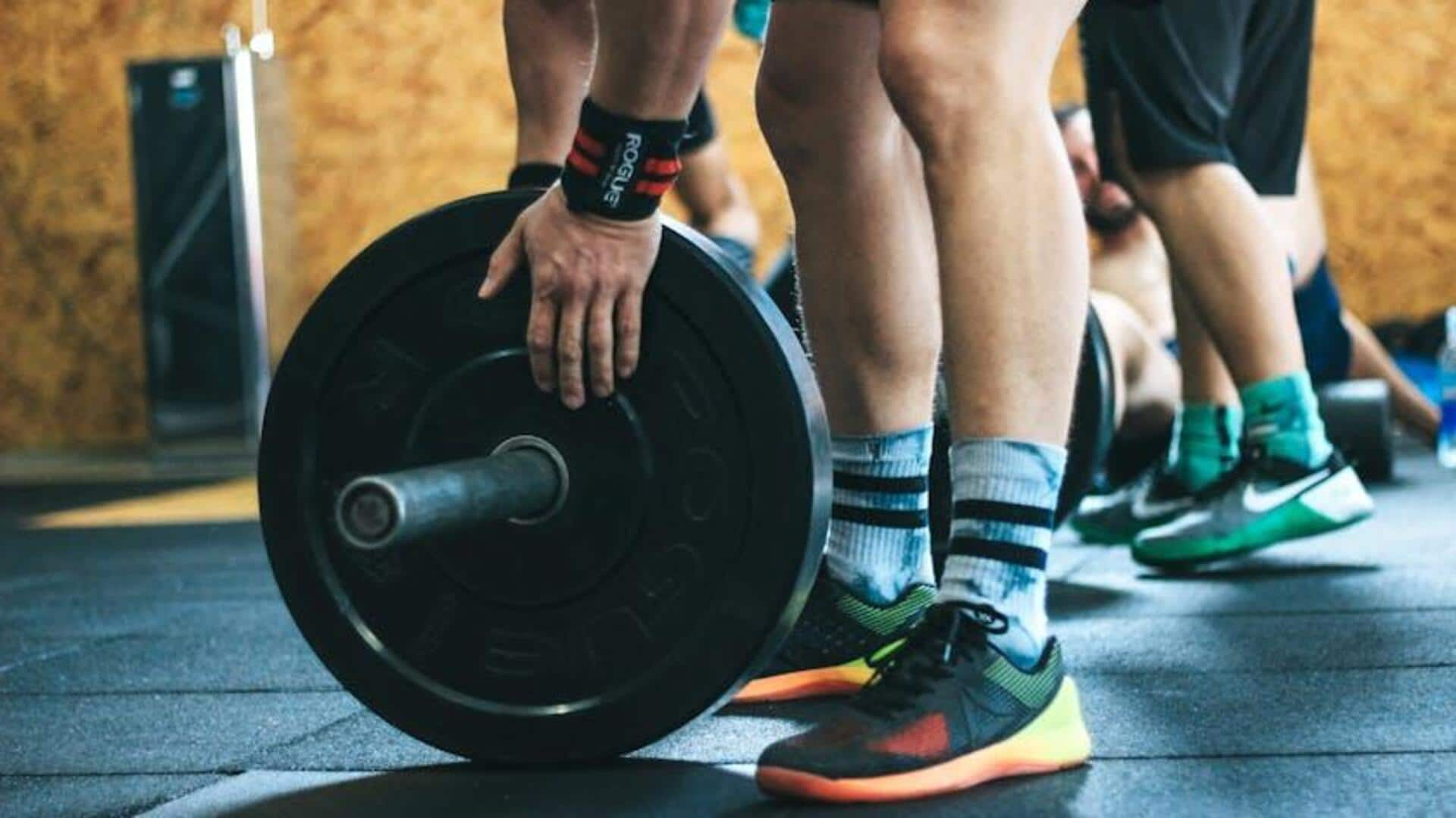Poor Walking Posture
Posture is essential for effective and healthy walking. Slouching or leaning forward places undue stress on your back, shoulders, and neck, leading to
strain and fatigue. Good posture involves keeping your head up, shoulders relaxed and down, and your core engaged. Aim to distribute your weight evenly across your feet with each step. Imagine a string pulling you up from the crown of your head, ensuring your spine stays aligned. Avoid looking down at your feet, which can encourage a hunched position. Instead, focus your gaze forward. This small shift not only makes walking easier, but also helps to prevent long-term back pain and improve your overall balance and poise. Maintaining a good posture improves oxygen intake and enhances energy levels. By correcting posture, you can enjoy your walks more and reduce the risk of injuries.
Ignoring Arm Movements
One of the most common errors is neglecting arm movements. Your arms play a vital role in balance and propulsion during walking. Keeping your arms still and rigid can impede your natural gait and make walking less efficient. Properly swinging your arms, bending at the elbows at approximately 90 degrees, allows for the natural counter-rotation of the body, which enhances speed and reduces strain. Focus on moving your arms in a forward and backward motion, rather than across your body. This technique enhances stride length, burning more calories and improving cardiovascular health. Think about your arms as levers that assist your legs; a balanced movement reduces energy expenditure. This synchronized movement is more dynamic, which is why incorporating active arm swings makes a noticeable difference in the efficiency and enjoyment of walking.
Moving Too Slowly
Walking at a slow pace may seem less strenuous, but it can actually reduce the benefits of your walk. A leisurely stroll might not elevate your heart rate enough to provide significant cardiovascular advantages or burn a lot of calories. Aim for a pace that feels comfortably brisk—one where you can hold a conversation but still feel a slight increase in your breathing. A faster pace challenges your cardiovascular system, increasing blood circulation, and burning more calories than a slow pace. Vary your speed during your walks by incorporating intervals. This involves alternating between periods of faster walking and periods of slower recovery. Regularly increasing your walking speed not only increases fitness, but also helps to build endurance and improve metabolic rate. Adjust your pace to match your fitness level and gradually increase it over time as your stamina builds. The goal is to find a rhythm that is both challenging and enjoyable.
Incorrect Footwear Choice
The shoes you wear have a huge impact on your walking experience. Wearing inappropriate shoes can lead to discomfort, blisters, and even more serious injuries. Ensure your footwear is comfortable, well-fitted, and provides adequate support. Your shoes should have good cushioning to absorb impact and reduce stress on your joints. Running shoes are often a great choice for walking because they are designed for shock absorption and foot support. Avoid wearing shoes that are too tight, too loose, or that lack proper arch support. Consider your walking surface when choosing shoes. For example, trail shoes are helpful if you are walking on uneven terrains. Replacing your shoes every 300-500 miles or when you notice the support wearing out is essential. Proper footwear improves the efficiency of your walks and protects your feet from various potential injuries.
Meal Timing Challenges
When you walk right after eating a heavy meal, it can lead to discomfort, bloating, and a decrease in performance. Your body prioritizes digestion, diverting blood flow to your digestive system, which reduces energy available for walking and other activities. Walking shortly after a heavy meal can cause digestive issues and may make the walk less pleasant. It is better to wait at least an hour or two after a full meal before going for a walk. This allows your body to begin digesting food, reducing the risk of stomach cramps and other discomforts. A light snack, like a piece of fruit or a small handful of nuts, is generally fine before a walk. Being aware of the timing of your meals in relation to your walking schedule will enhance comfort and improve the energy levels required for the walk. A better approach involves planning walks for times when your stomach is less full.










